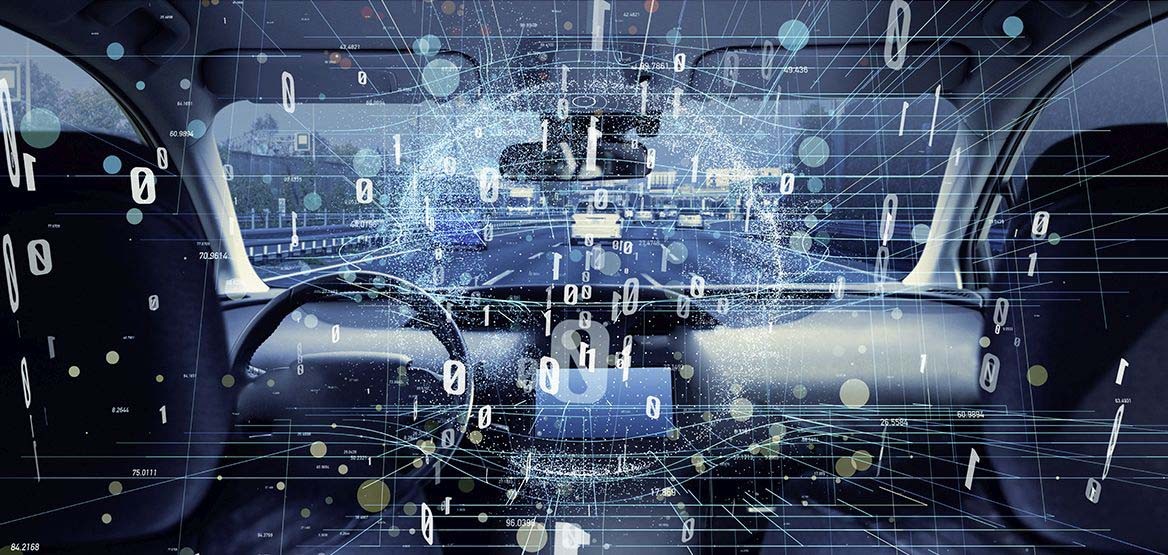Connectivity and autonomous driving: How the new 5G mobile communications standard is going to revolutionize our future

Everything is set to get better with the new 5G mobile communications standard. At least that is what the digital experts are telling us. It is a fact that the fifth generation of mobile communications will be significantly faster than 4G/LTE and therefore will open up a treasure trove of completely new possibilities. This applies to private users but above all to the world of industry. Because, and here the experts are absolutely convinced, 5G will be able to spark off several revolutions all at the same time.
5G is supposed to be from ten up to 100 times faster than 4G. In real speeds that could mean a rate of up to four gigabytes of data per second. In other words, 5G is amazingly fast. So fast that data can be transferred in virtually real time. A huge part of this escalation in speed has been made possible thanks to millimeter wave technology: Currently mobile and linked devices share a narrow frequency range between 3 KHz and 3 GHz. And because the number of such devices is constantly increasing, data transmission is becoming increasingly slower. By using frequencies in an area below 6 GHz but especially in the region of the so-called millimeter wave range with frequencies lying between 30 and 300 GHz, where at the moment still no data is being transmitted by mobile devices, it will be possible to find plenty of bandwidth.
Data transmission in real time The key term is this: "The Internet of Things". It describes a global IT infrastructure which enables physical and virtual objects to be linked with one another. What sounds like something out of science fiction and just very theoretical is in actual fact more or less within our grasp.
5G is intended to get the Internet of Things and Industry 4.0 up and running Other mega trends materializing in the coming decades also mean that an incredible amount of data , for these purposes too, will have to be transmitted - and all that in real time.
Toward autonomous driving with 5G
And because this kind of connectivity demands ultra-fast communication in real time, 5G is seen as the crucial driver in the move toward highly automated or autonomous driving where it is planned that drivers lose at least a little of the sole responsibility of driving.
Although the fifth generation of mobile communications should be coming onto the market by 2020, driverless driving is still something quite a way off in the more distant future. Not until the 2030s is it believed that driverless cars will become widespread on our roads.